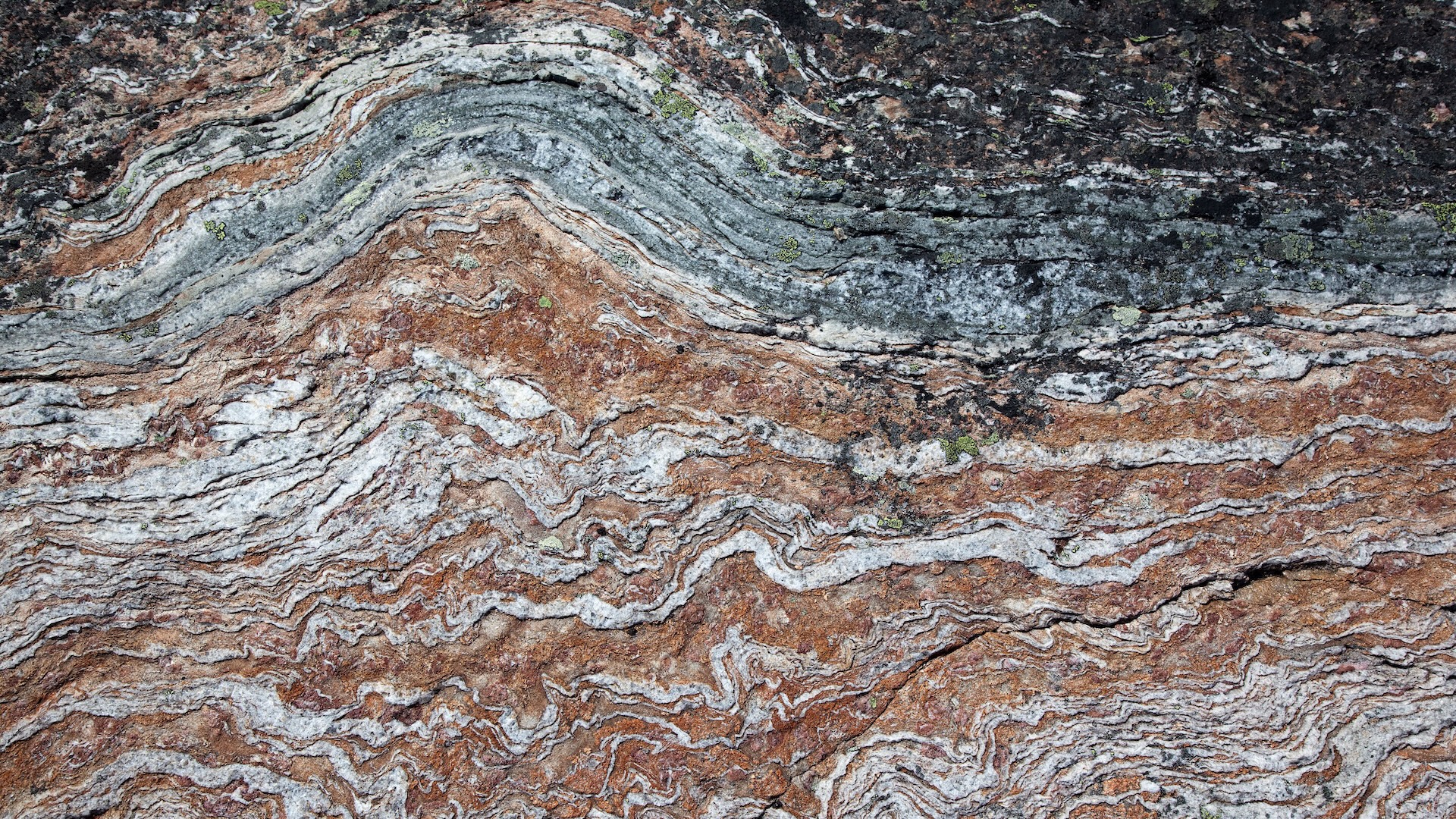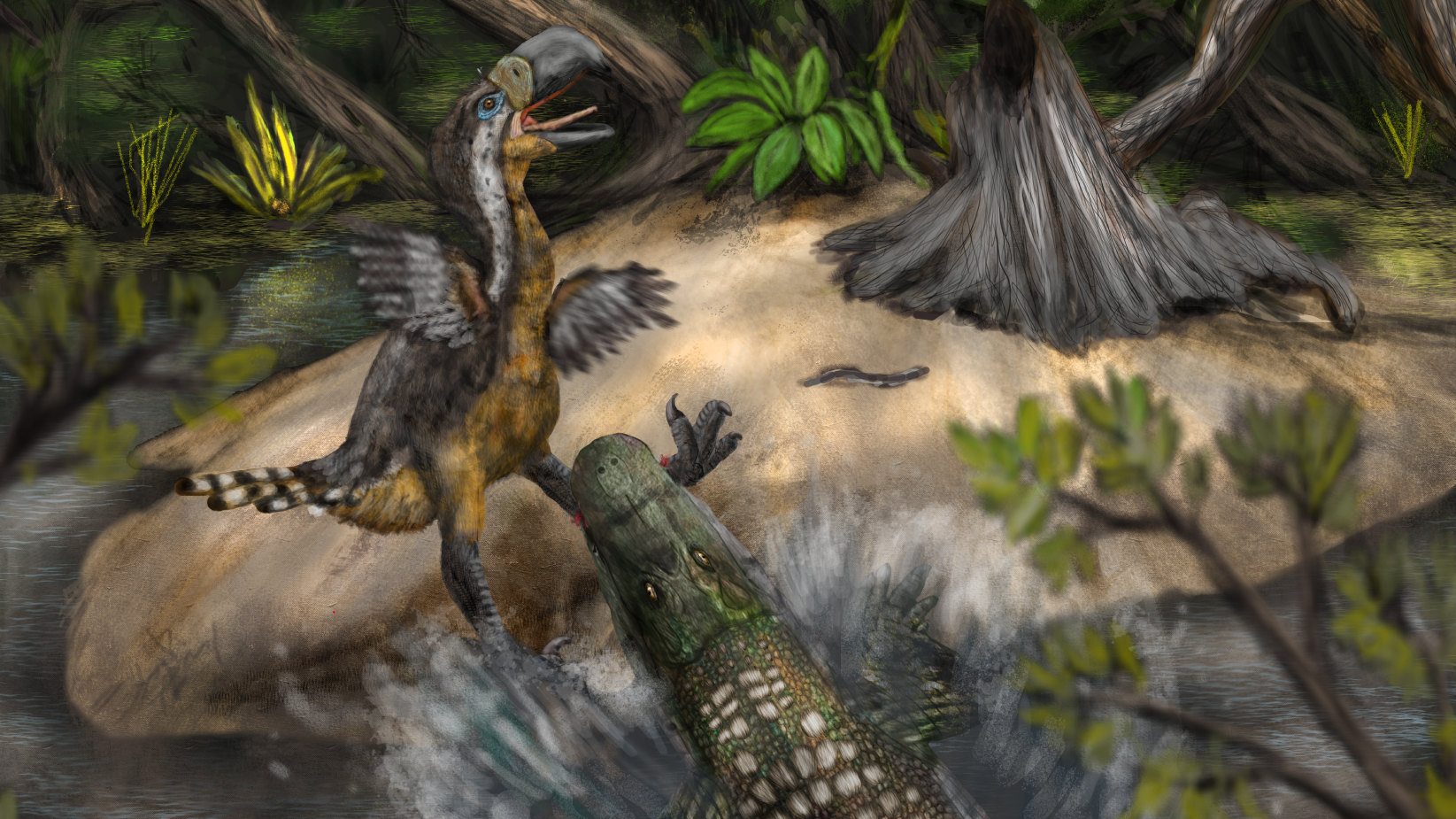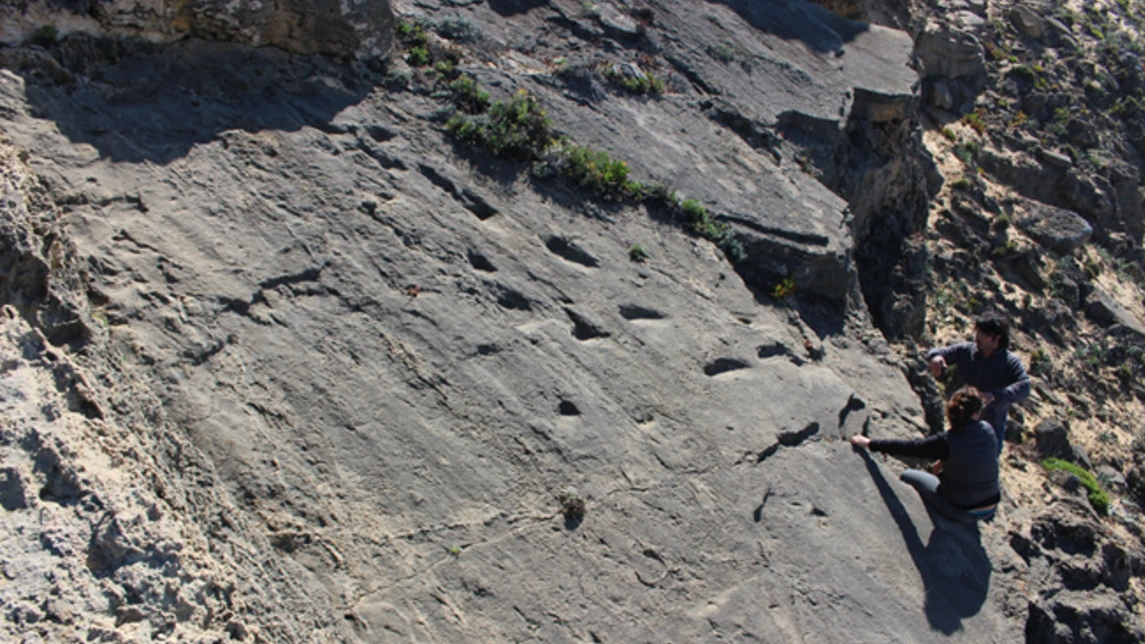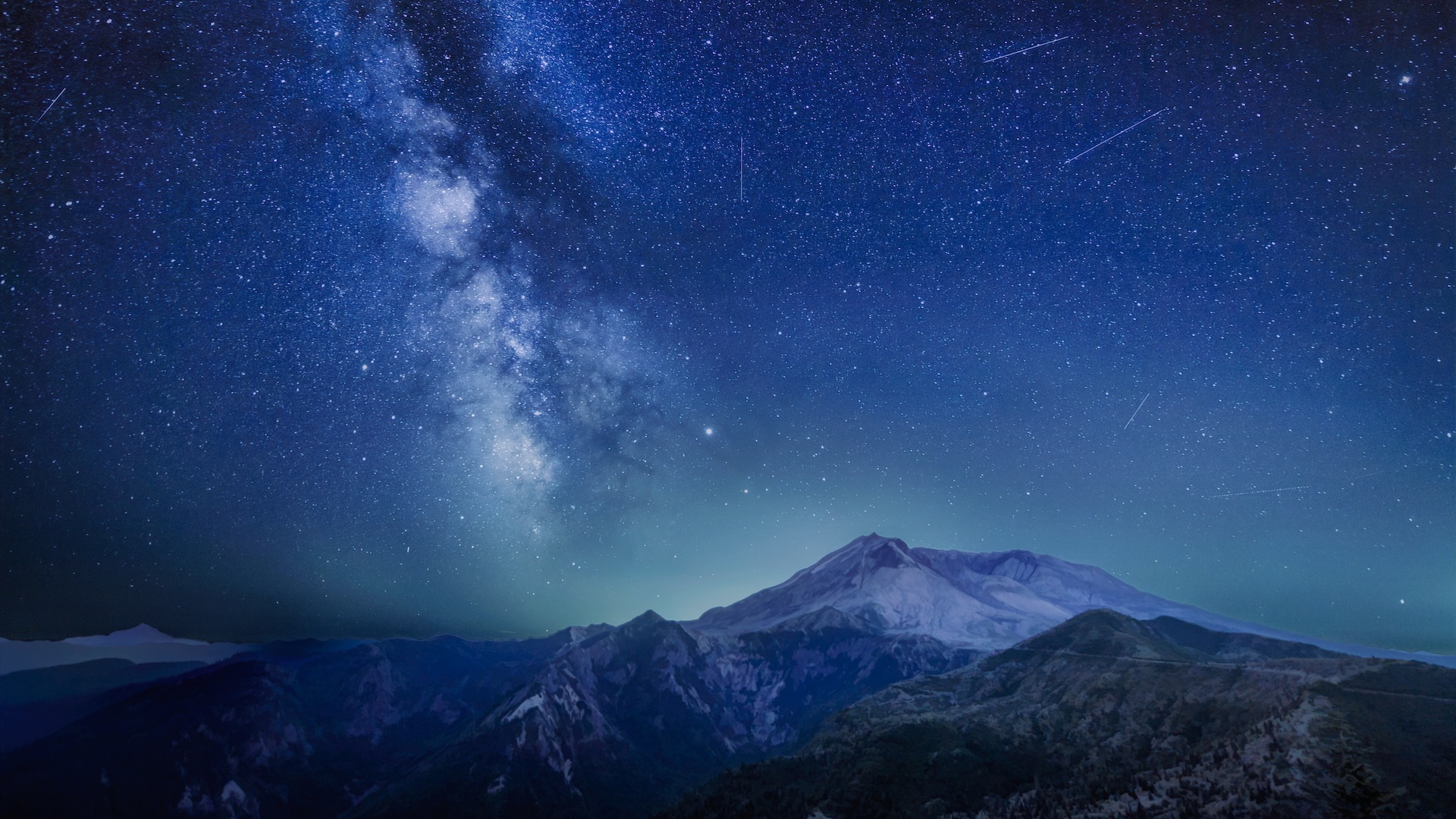An obscure rock formation on the eastern shore of Canada’s Hudson Bay may contain the oldest known rocks on Earth, a new study claims.
The analysis dated the site’s streaky gray rocks, part of an outcrop called the Nuvvuagittuq Greenstone Belt, to 4.16 billion years ago — meaning they’re remnants from our 4.57 billion-year-old planet’s earliest crust.
The dating, performed by two methods that used the decay of radioactive isotopes (versions of elements) to measure the age of ancient magma trapped inside the rocks, significantly bolsters a controversial past study by the same scientists.
If their findings, published June 26 in the journal Science, stand up, they could offer a unique window into our planet’s ancient history and the geochemical stage where life emerged.
“The volcanic rocks have to be at least 4.16 billion years old or older; I would argue that the best age for them is 4.3 billion years old,” study co-author Jonathan O’Neil, a professor of environmental science at the University of Ottawa, told Live Science. “No known rocks are older.”
Earth began as a ball of red-hot lava. It slowly cooled over its first 600 million years, known as the Hadean eon, when pockets of solid rock started to form. This was a tumultuous time for our young planet, which was repeatedly pummeled by asteroids and even sustained a cataclysmic blow from the protoplanet Theia, which tore off a chunk of Earth to form our moon.
Related: Did plate tectonics give rise to life? Groundbreaking new research could crack Earth’s deepest mystery
Then, as early as 3.8 billion years ago, Earth’s surface splintered into tectonic plates, which dived beneath each other to be recycled into Earth’s interior or to build up vast mountain ranges or trenches. This subduction means that many of the rocks on our planet’s surface have long been chemically altered by intense heat and pressure.
Yet some regions are far enough from tectonic plate boundaries to contain rocks that have remained unchanged for billions of years. One of these is in northeastern Canada, and its most ancient part is the Nuvvuagittuq Greenstone Belt (NGB). Scientists agree that this outcrop is at least 3.8 billion years old.
Then, in 2008, O’Neil and his colleagues published a study suggesting that the NGB was 4.3 billion years old — which would mean it contained the oldest rocks in the world.
But other geologists objected, suggesting there were flaws in the researchers’ methods. Old rocks are typically dated using a mineral called zircon, which is chemically stable over billions of years. The volcanic rocks in the NGB, however, don’t contain zircon, which forced the scientists to measure the rocks’ age by the decay of the element samarium into neodymium.
Yet trouble lurked within this new method. Samarium can decay into neodymium through two pathways (samarium-146 into neodymium-142, or samarium-147 into neodymium-143), creating two isotopic clocks with different decay speeds. The first decay path leads to a half-life — the period of time required for half the original element to remain — of about 96 million years, while the second pathway has a half-life spanning trillions of years.
This means that the two decay pathways produced wildly different estimates for the ages of the rocks. This is because with the longer-lived clock ticking to the present day, it is especially susceptible to tectonic events muddling its isotopes part way through the decay process.
“Any ‘cooking’ of the rocks or metamorphism after 4 billion years ago won’t really affect that short-lived clock but can reset the long-lived clock and cause the age difference between these two systems,” O’Neil said.
To sidestep this issue, the team went back to the formations to search for sections where magma from Earth’s mantle, or middle layer, intruded into the planet’s primordial crust. Because these intrusions had to be younger than the rock they seeped into, they could be used as a minimum age. The new analysis revealed that within these sections of the NGB, both samarium to neodymium decays offered the same age: 4.16 billion years.
If further research does confirm that the rocks are as old as O’Neil’s team believes, they could offer vital insight into how life emerged on our planet and potentially beyond it.
“Some rocks from the Nuvvuagittuq Greenstone Belt were formed by precipitation from seawater, and these can help understand the composition of our first oceans, their temperature, perhaps the atmosphere and also could host the oldest traces of life on Earth,” O’Neil said. “Understanding the environment where life could have started on our planet also helps in our quest to find traces of life elsewhere, such as Mars.”














